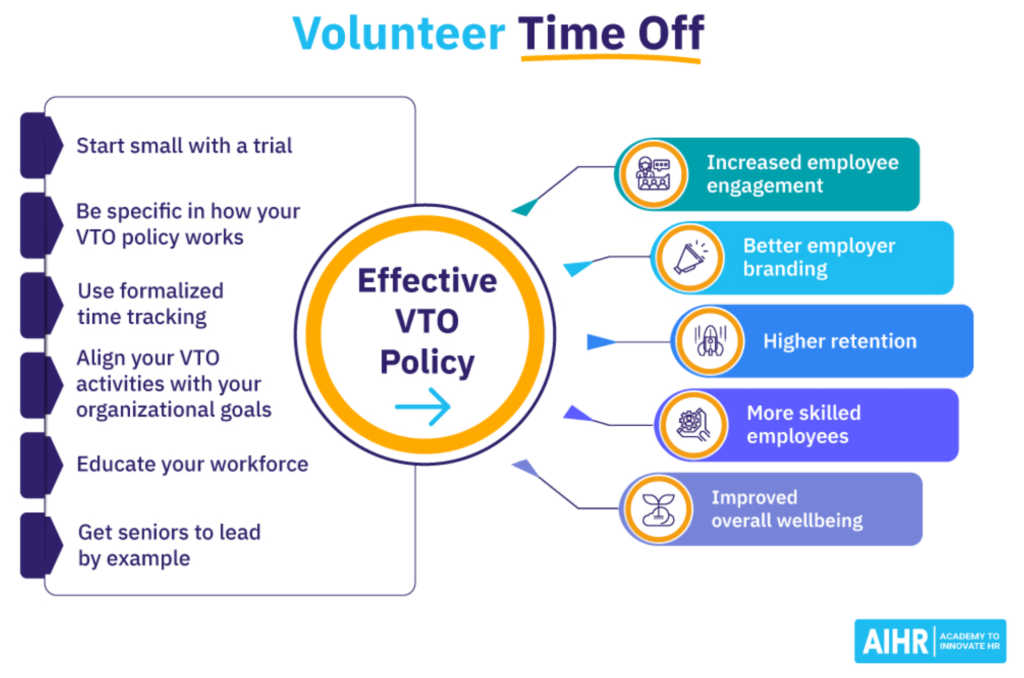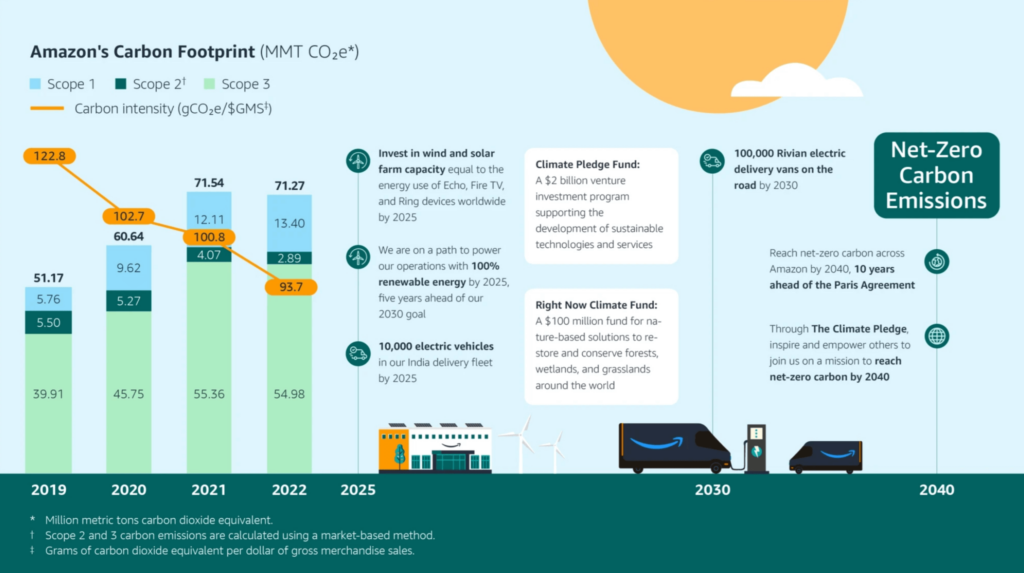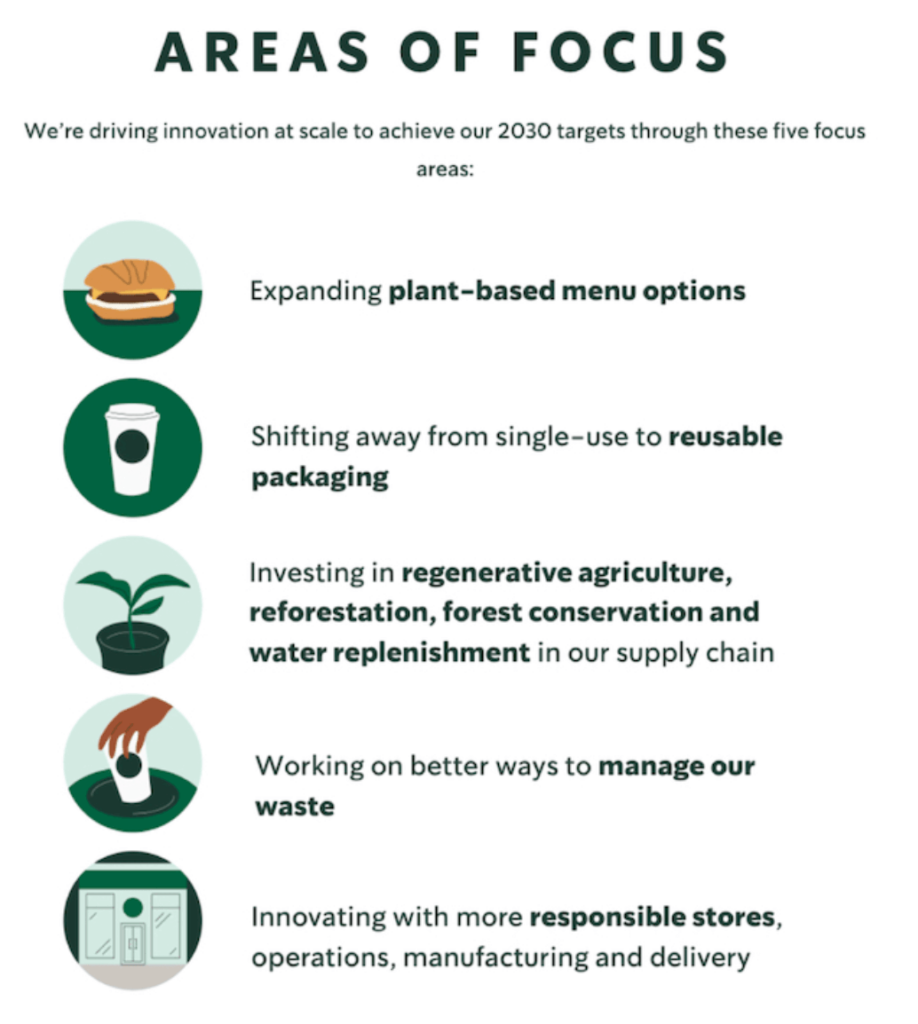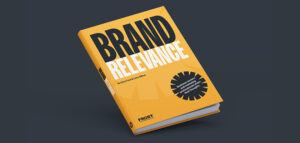
5 Ways Your Brand Can Be More Sustainable In 2024 And Beyond
50% of consumers said sustainability is one of their top four priorities when purchasing products or services, highlighting why your brand should drive towards a more sustainable future.
Sustainability is about being able to exist and develop without compromising future generations. There are three main pillars of sustainability:
- Environmental sustainability is protecting the environment and conserving natural resources with current and future generations in mind.
- Social sustainability is actively supporting current and future generations by creating livable, healthy, fair, and diverse communities.
- Economic sustainability is the ability to support long-term economic growth without adversely impacting the social, environmental, and cultural aspects of a community.
The common thought is that sustainability is a buzzword arising from the green movement that has taken over almost every market. But in terms of branding, it’s broader than that. Sustainability involves building your brand with marketing, branding and producing practices that are geared toward the long term.
Zaheer Dodhia, CEO of Logo Design
A sustainable brand balances making a profit with having values, such as reducing environmental impact and paying employees fairly. From your company name and logo to your missions and values, your brand is how people differentiate you from your competitors.
Let’s take a look at five ways you can show eco-conscious consumers that your brand is serious about sustainability in 2024 and beyond:
Become A Philanthropist
A philanthropist is someone who donates resources—such as time, money, and expertise—to a particular cause or charity to improve the lives of others. These causes include education, healthcare, the environment, and arts and culture.
In corporate philanthropy, a business can give back to the world by donating to and working with charities or causes that promote social change, improve lives, and protect the planet.
Other than aiding a more sustainable future, here are some more advantages of corporate philanthropy:
- Attracting and retaining customers. 56% of people are more inclined to buy products or services from a business that donates to charitable causes.
- Attracting and retaining employees. 47% say they’d be more willing to work for a business if it donates to charitable causes.
Corporate philanthropy also includes encouraging volunteerism among your employees. Consider providing paid time off for employees who wish to volunteer or organise a company-wide day of volunteering.

Educate Your Employees
Your employees need to be educated and enthused about sustainability and made aware of your goals to support you effectively.
Here are some ways to educate your employees on sustainability:
- You can host monthly or quarterly meetings to discuss sustainability-related topics.
- You can make new employees watch sustainability videos or participate in relevant online training throughout onboarding.
- You can set aside a budget that allows employees to attend sustainability conferences.
It is essential for employees, particularly those who are customer-facing, to know what they’re talking about regarding sustainable business practices and the materials or ingredients used in your products.
Educated employees will make a much better impression on eco-conscious customers who may question your brand’s sustainability efforts.
Be Transparent
Brands are encouraged to release relevant updates and transparent information about their business practices and the materials used for their products.
However, as consumers become more aware of corporate sustainability, they will only believe claims with the numbers and proof to back them up.
In 2018, thousands of Amazon employees wrote an open letter to Jeff Bezos and the board of directors, criticising the company’s lack of transparency and pushing them to release its carbon emissions report – something the company is now consistently transparent about.

Consider including sustainability and carbon emissions reports on your website, and be transparent about the materials or ingredients used in your products. Only 28% of consumers trust large corporations to create genuinely sustainable products.
Platforms like SmartHead simplify Environmental, Social and Governance (ESG) reporting. Consider using this to create and track a list of your brand’s sustainability goals. You can then attach documents that will serve as proof to the public.
Advocate For Sustainability
To advocate for sustainability and motivate others, your brand must lead by example. Your brand’s behaviours, actions, and decisions throughout all business operations must demonstrate your vision for sustainability.
Henry Love, CEO of Composable Foundation, explains that you must have a clear vision in order to advocate for sustainability. He wrote: “From my experience, to effectively advocate for sustainability in our industry and society, one must first define a compelling vision.
“This vision, deeply rooted in our core values, mission, and purpose, should not only meet the expectations of stakeholders but also be realistic, measurable, and adaptable. I believe a clear vision is the cornerstone of sustainable advocacy, inspiring teams and rallying support.”
To advocate for policies that promote sustainability, consider collaborating with others who share your vision, values, and goals for a sustainable future.
You can further enhance your sustainability efforts by sharing information and knowledge with those with different expertise and resources.
Implement Responsible Practices
Hostinger’s eCommerce statistics state that one in three online shoppers prioritise sustainable brands. This highlights how responsible business practices can help build and strengthen relationships with consumers, generating a higher return on investment (ROI) over time.
Not only will you attract more customers, but responsible business practices can enhance company performance and have a positive impact on business operations by managing risks more efficiently.
Consider implementing responsible practices that will help you achieve your goals, such as:
- Source responsible materials, such as recycled materials or lower-emitting products.
- Ensure your partners follow fair labour practices, such as disavowing child labour or embracing fair-trade agreements.
- Reduce your consumption of natural resources by rethinking your packaging or implementing a recycling program, both of which reduce waste.
- Reduce carbon emissions by installing smart sensors that automatically shut off heating, cooling, and electricity in your facilities when necessary.
- Reduce your carbon footprint by switching to a green web hosting provider. This not only supports a sustainable future, but improves website performance.
- Reduce transportation-related emissions by moving the production of physical goods closer to the end customer.
- Switch to renewable energy sources like solar, geothermal, or wind power.
Starbucks is an excellent example of a sustainable brand. It has started designing stores with a more eco-conscious design, focused on improving its packaging, reduced waste by promoting reusable cups, and invested in green energy to power its stores.

Conclusion
Sustainability is not just a buzzword – it’s a necessity in 2024 and beyond.
Consumers are much more aware of what brands are doing. This has inspired many companies to become more sustainable in everything they do, from recycling materials and reducing waste to paying fair wages and donating to charitable causes.
In fact, 75% of leaders said their organisations had already increased their investments towards a sustainable future in the past year. Will you be next?






















